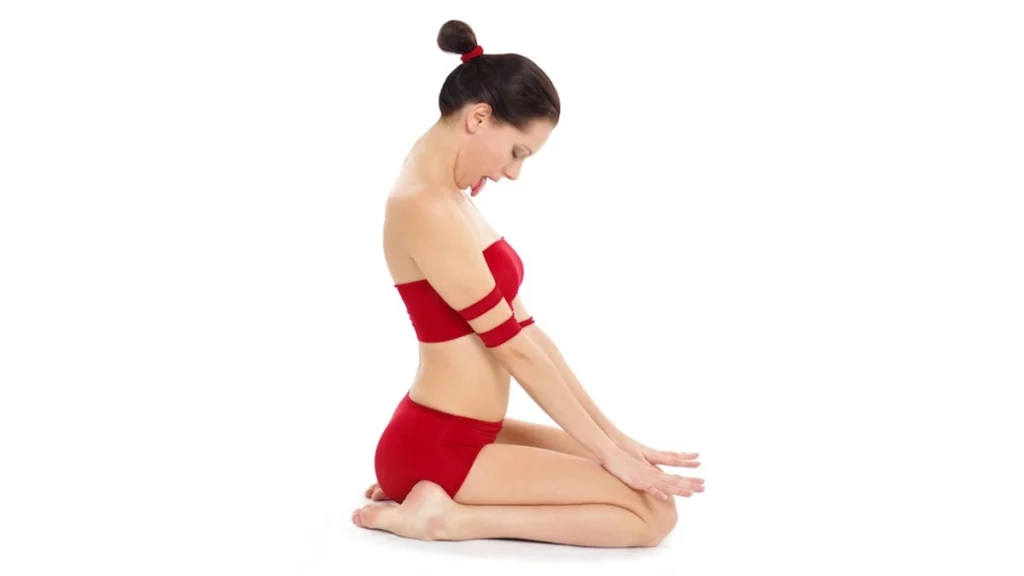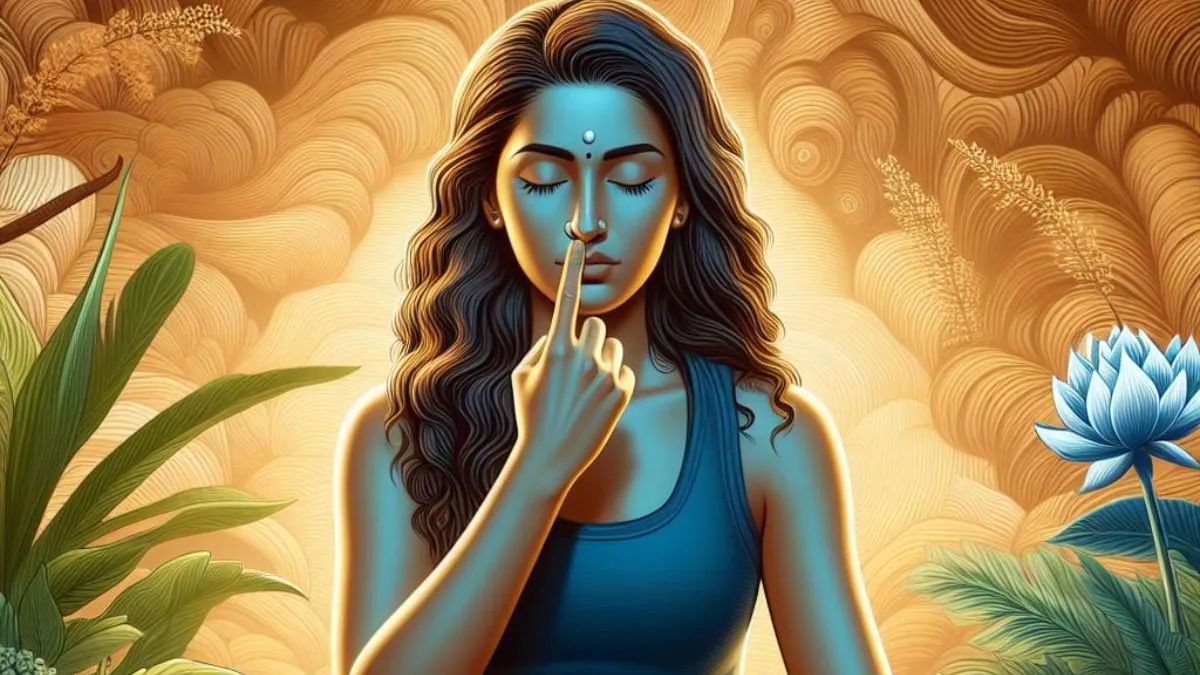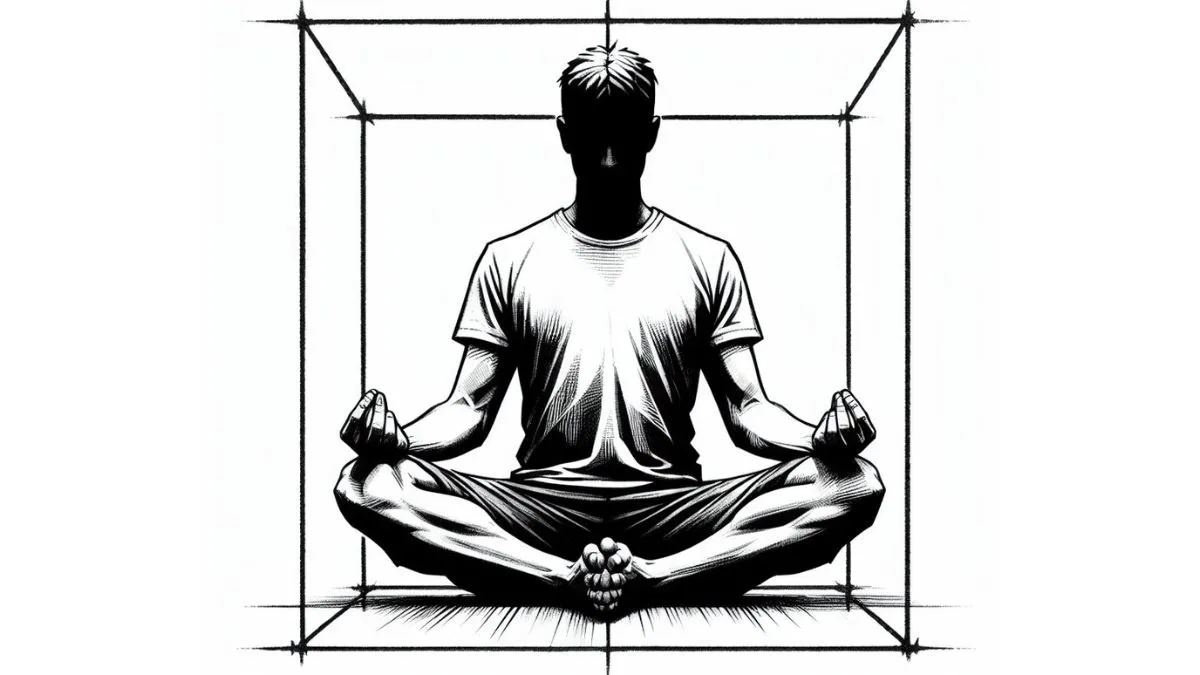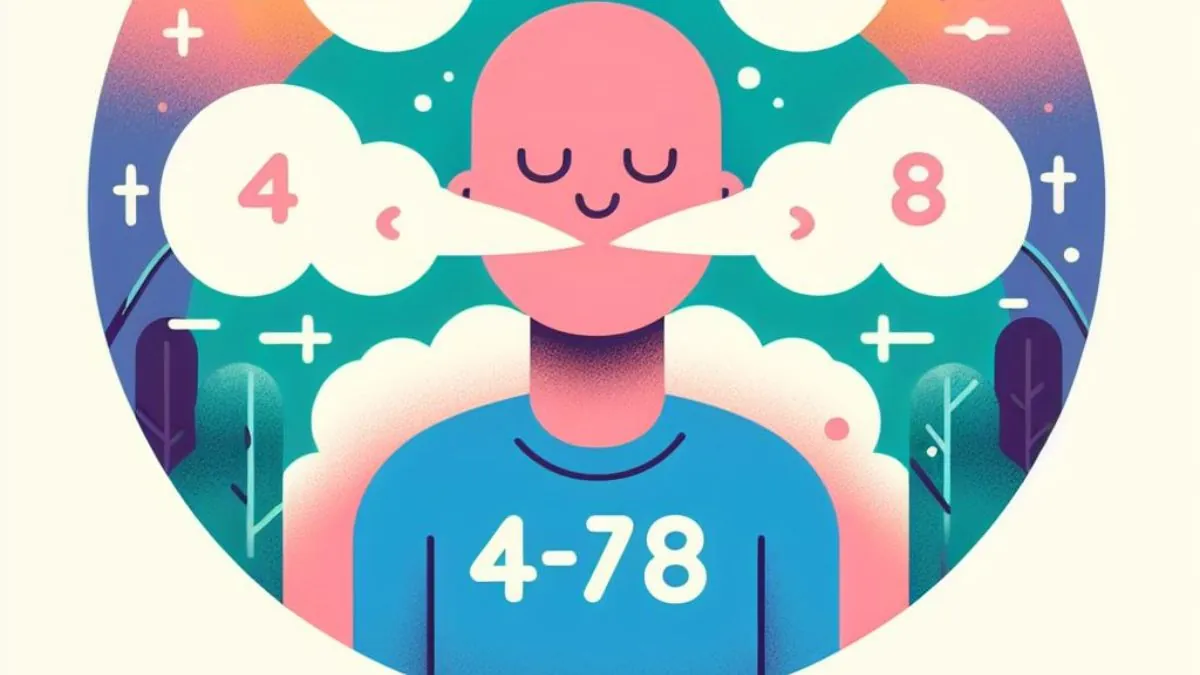Introduction
Sinhasana, also known as the Lion Pose, is a unique and expressive yoga posture that embodies the fierce and regal spirit of a lion. This asana combines physical and energetic elements to promote courage, self-expression, and liberation. In this article, we explore the history, significance, benefits, step-by-step guide, and variations of practicing Sinhasana.
Unraveling the Roots of Sinhasana
Sinhasana traces its origins to ancient Hatha Yoga, with references found in classic yogic texts like the Hatha Yoga Pradipika and the Gheranda Samhita. The name “Sinhasana” comes from the Sanskrit words “Sinha,” meaning lion, and “asana,” signifying a yoga pose. This fierce and empowering posture has been practiced for centuries, symbolizing the courage and strength of the majestic king of the jungle.
Embodying the Lion’s Roar
Sinhasana symbolizes the courage to express oneself fearlessly, just as a lion roars to establish its presence and dominance. This posture invites practitioners to let go of inhibitions and find their authentic voice and power. Through the Lion Pose, individuals can tap into their inner strength and confidently express their truth.
Step-by-Step Guide to Practicing Sinhasana

Follow these step-by-step instructions to embody the Lion Pose with grace and poise:
- Begin in a kneeling position, with your knees and feet together, and your hands resting on your thighs.
- Inhale deeply, opening your mouth wide and stretching your tongue out as far as possible.
- Exhale forcefully and audibly, making a “ha” sound as you contract the back of your throat.
- Simultaneously, open your eyes wide, gazing either at the tip of your nose or between your eyebrows (Shambhavi Mudra).
- Spread your fingers wide, like the claws of a lion, and engage your facial muscles.
- Breathe deeply through your nose and hold the pose for a few breaths.
- Relax and repeat the Lion Pose two or three more times, focusing on the exhalation and the expression of power.
The Fearless Benefits of Sinhasana
Sinhasana offers an array of physical, mental, and emotional benefits:
- a) Throat and Facial Muscles: The Lion Pose tones and strengthens the throat and facial muscles.
- b) Stress Relief: The powerful exhalation helps release tension and pent-up emotions.
- c) Confidence and Self-Expression: Regular practice empowers individuals to express themselves confidently and authentically.
- d) Energetic Release: Sinhasana encourages the release of stagnant energy and prana (life force) from the throat chakra.
- e) Stimulated Thyroid: The stretch to the throat area stimulates the thyroid gland.
Variations and Modifications
Sinhasana can be adapted to suit individual needs and abilities:
- a) Sitting on a Chair: If kneeling is uncomfortable, practice the Lion Pose in a seated position on a chair.
- b) Tongue Position: If it is challenging to stretch the tongue out fully, try to extend it as much as comfortable.
Precautions and Contraindications
While Sinhasana is generally safe for most practitioners, consider the following precautions:
- a) Neck Injuries: If you have neck issues or injuries, avoid excessive strain on the neck during the pose.
- b) Eye Strain: If you experience discomfort or strain in the eyes, soften your gaze or close your eyes during the Lion Pose.
Conclusion
Sinhasana, the Lion Pose, calls upon the inner strength and courage that lie within each individual. As practitioners embrace this powerful and expressive posture, they unlock the ability to fearlessly express themselves and liberate their true essence. Just as the lion roars to assert its presence, Sinhasana invites individuals to find their voice, stand tall, and embrace their authentic power. Through regular practice, the Lion Pose becomes a potent tool for self-discovery, empowerment, and the embodiment of the majestic and courageous spirit of the king of the jungle.


